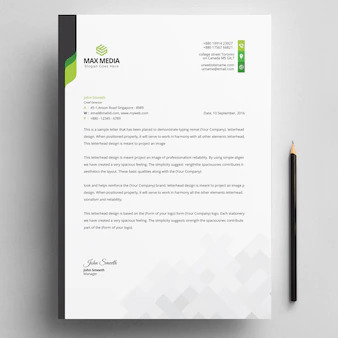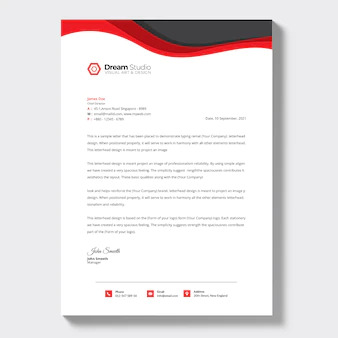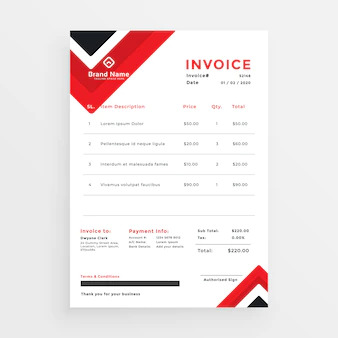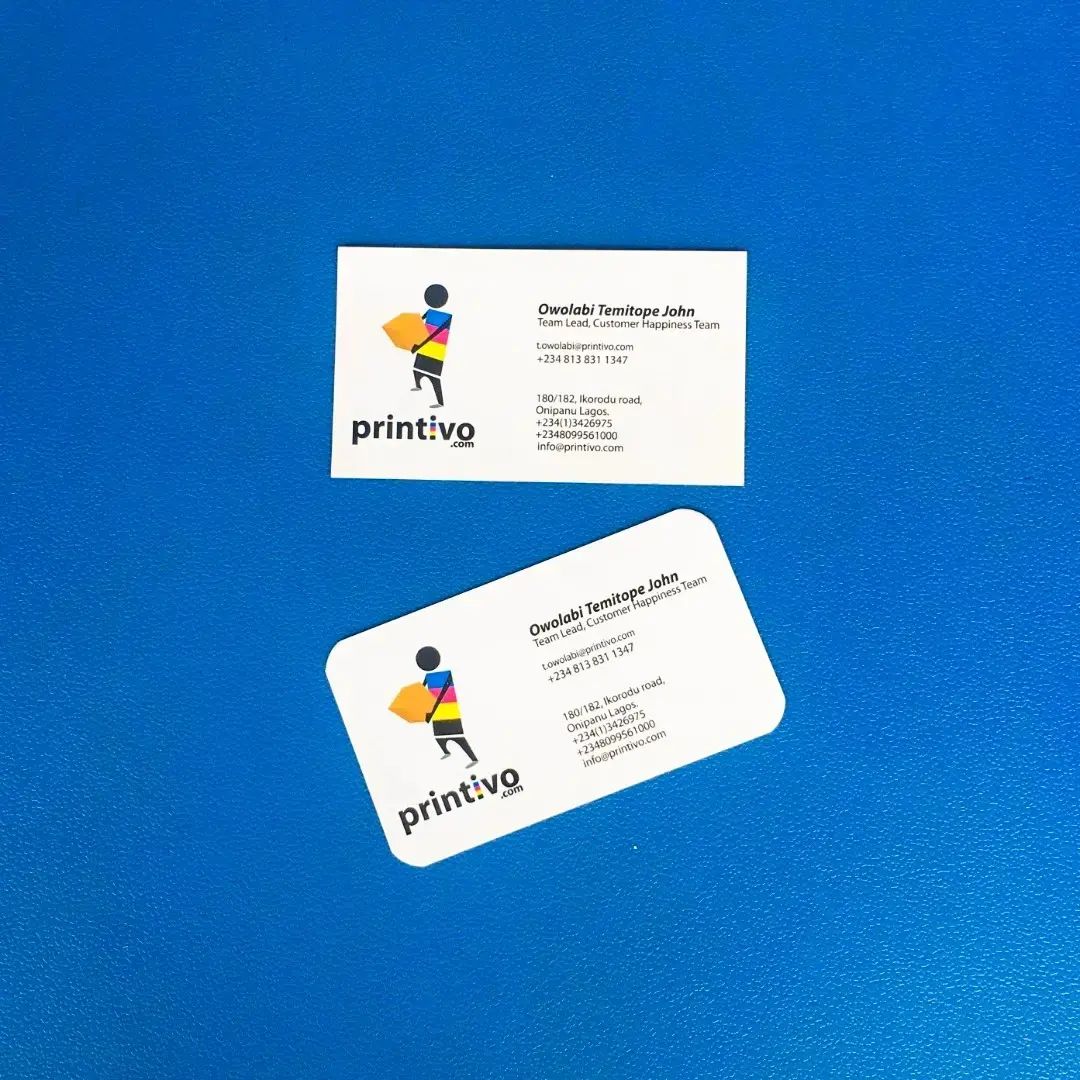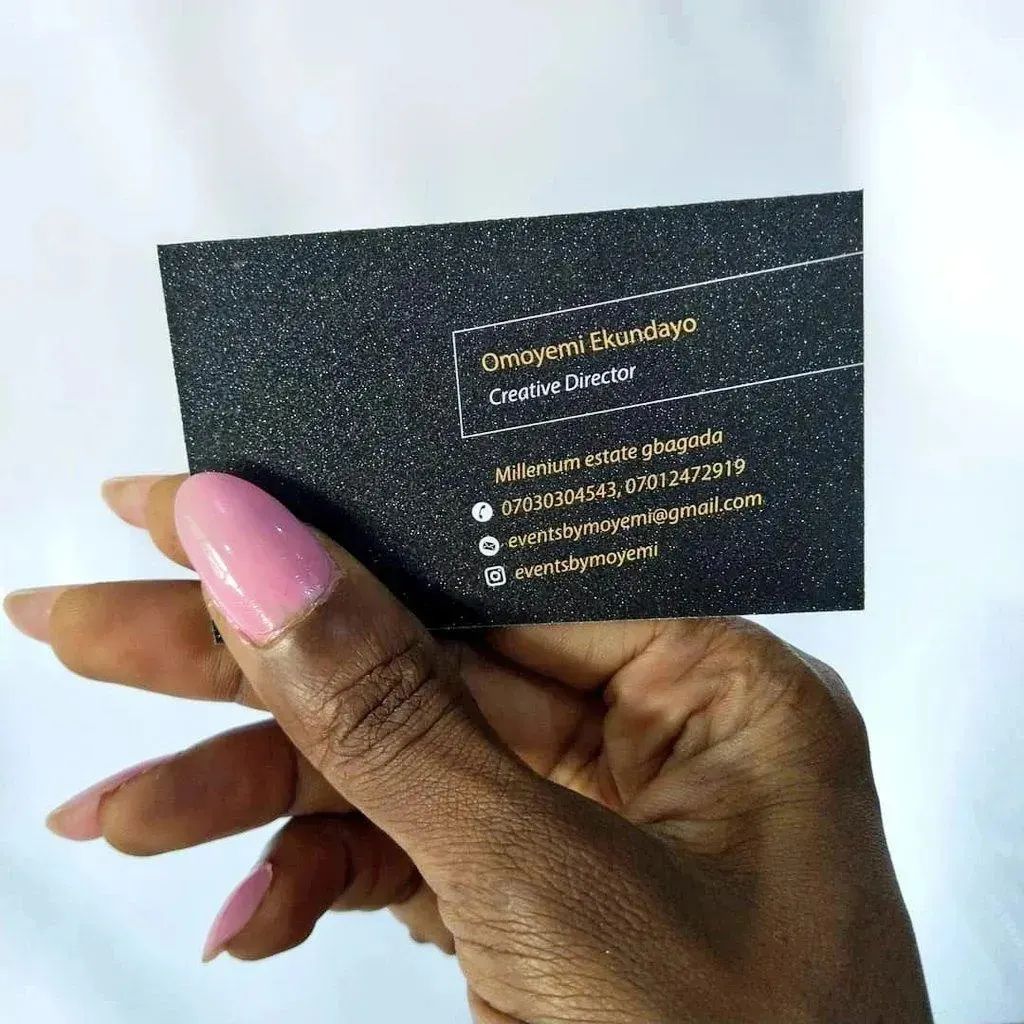
For any business to survive and stay in existence for a very long time, the idea of growth must be fully embraced. Business growth is a term used to describe the point at which a business expands its customer base, product line, investments, and other factors that contributes to its success.
Although it is believed that every business owner loves to see their businesses grow but not all of them know the strategies to utilize in order to see this become a reality. Therefore, to grow your business, here are a few strategies you should consider using:
1. Hire the Right Team
The process of hiring is such that shouldn’t be done hurriedly if a business must grow. Consequently, with the right set of people on your team, your business would grow. They should know and embrace your goals. With that, they would be committed to bringing in ideas.
2. Use Good Social Media Strategy
We are in the 21st century and the majority of consumers are familiar with the social media space. Therefore, you must utilize good strategies that would capture their attention while on social media. For instance, it has been discovered that videos tend to increase the visibility of any page, therefore, posting more videos on your page would be a good strategy to employ.
3. Expand Product line for Profitability
Expanding your product line would help you make more profits. For instance, if you sell clothing, it wouldn’t be a bad idea to add footwear to your brand line since they go hand in hand. By so doing, rather than having clients pay for only clothes from you, they’ll pay you more when they are able to get more than clothes from your store.
4. Use quality Prints
The importance of prints can never be over-emphasized. You should use prints like flyers, business cards, brochures, and lots more to increase awareness of your brand. Don’t forget that their quality will reflect the quality of your products and services.
5. Partnerships
Partnering with other brands whose products are in sync with yours would make your business grow. By so doing, you get the attention of their audience and this could generate good leads. So, it’s a win-win situation.
For more business tips, you should visit our Instagram page.

